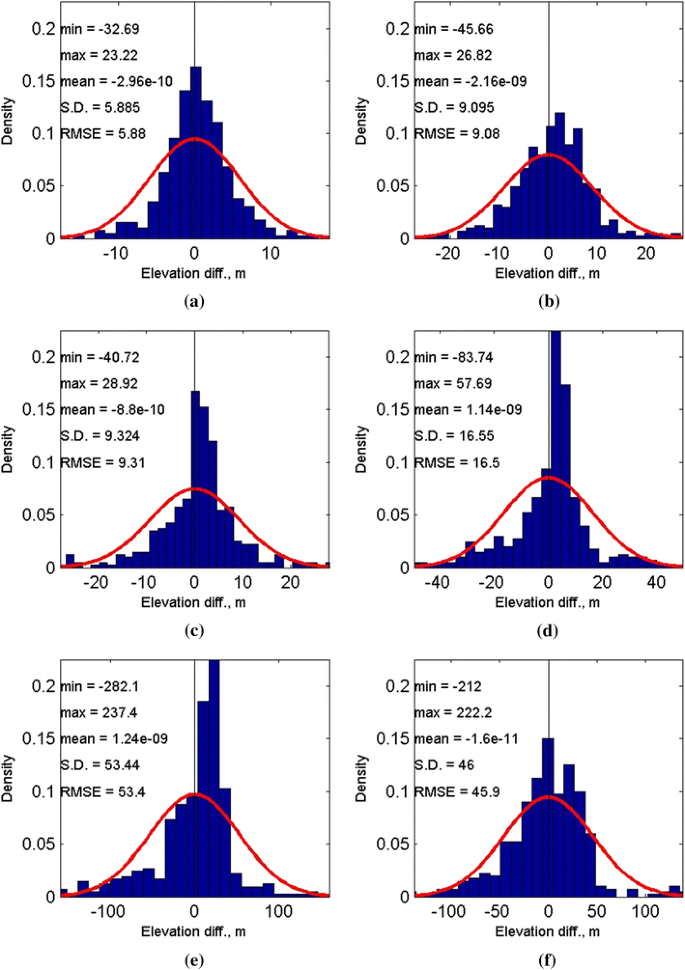


Humidity also causes a variable delay, resulting in errors similar to ionospheric delay, but occurring in the troposphere. The ionospheric data are transmitted via satellite in Satellite Based Augmentation Systems (SBAS) such as Wide Area Augmentation System (WAAS) (available in North America and Hawaii), EGNOS (Europe and Asia), Multi-functional Satellite Augmentation System (MSAS) (Japan), and GPS Aided Geo Augmented Navigation (GAGAN) (India) which transmits it on the GPS frequency using a special pseudo-random noise sequence (PRN), so only one receiver and antenna are required. Several systems send this information over radio or other links to allow L1-only receivers to make ionospheric corrections. This correction is also valid for other receivers in the same general location. Those for any particular geographical area can be easily calculated by comparing the GPS-measured position to a known surveyed location. The effects of the ionosphere generally change slowly, and can be averaged over time. It allows a direct comparison of the L1 and L2 signals using the coded signal instead of the carrier wave.
#Main sources of error in a digital terrain model code#
To facilitate this on lower cost receivers, a new civilian code signal on L2, called L2C, was added to the Block IIR-M satellites, which was first launched in 2005. This can be done in civilian receivers without decrypting the P(Y) signal carried on L2, by tracking the carrier wave instead of the modulated code. Some military and expensive survey-grade civilian receivers calculate atmospheric dispersion from the different delays in the L1 and L2 frequencies, and apply a more precise correction. This phenomenon is known as dispersion and can be calculated from measurements of delays for two or more frequency bands, allowing delays at other frequencies to be estimated. It arises from ionized atmosphere (see Total electron content). Ionospheric delay of a microwave signal depends on its frequency. Once the receiver's approximate location is known, a mathematical model can be used to estimate and compensate for these errors. These effects are smallest when the satellite is directly overhead and become greater for satellites nearer the horizon since the path through the atmosphere is longer (see airmass). Correcting these errors is a significant challenge to improving GPS position accuracy. Inconsistencies of atmospheric conditions affect the speed of the GPS signals as they pass through the Earth's atmosphere, especially the ionosphere. There is also a numerical error with an estimated value, σ n u m or about 30 centimeters. User equivalent range errors (UERE) are shown in the table. Geometric Error Diagram Showing Typical Relation of Indicated Receiver Position, Intersection of Sphere Surfaces, and True Receiver Position in Terms of Pseudorange Errors, PDOP, and Numerical Errors


 0 kommentar(er)
0 kommentar(er)
